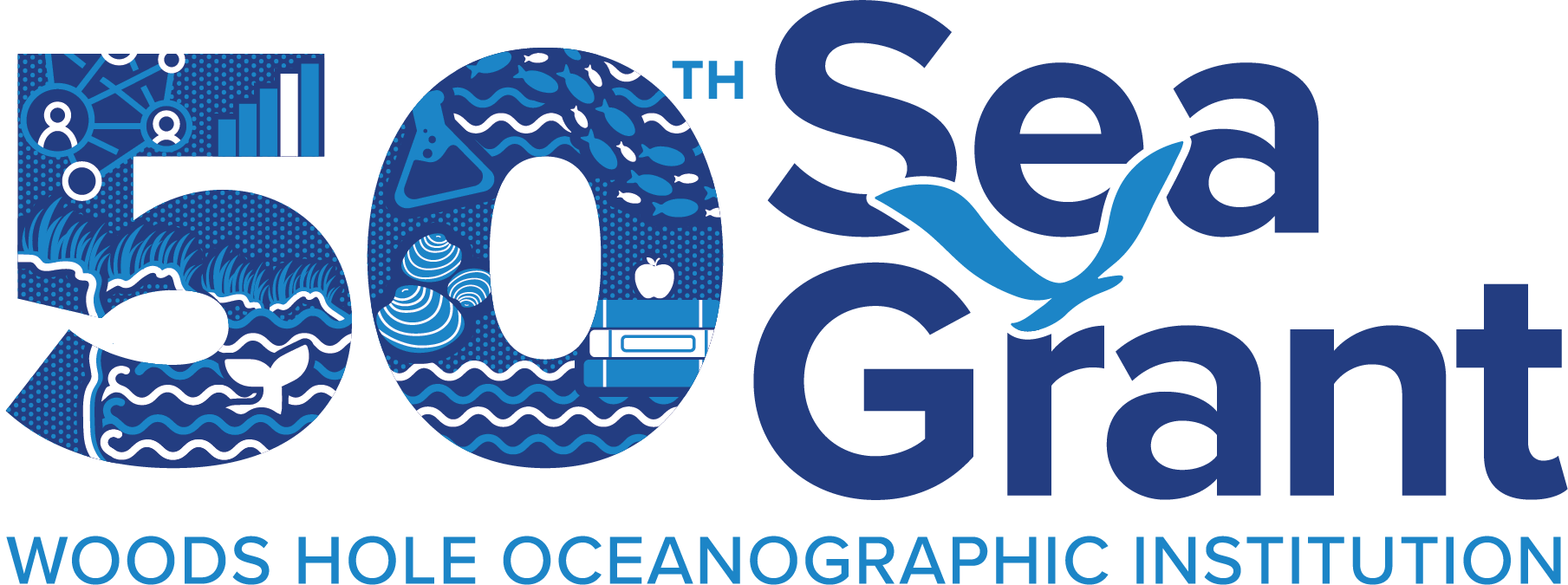Search results for: United Airlines 800-299-7264 New Reservation Number
On the Selection of Aquaculture Species: A Case Study of Marine Molluscs
On the Selection of Aquaculture Species: A Case Study of Marine Molluscs Mann, R. Aquaculture, Vol. 39, pp. 345-353, 1984 WHOI-R-84-004 An overview of marine mollusc culture in the Pacific Ocean reveals a rich variety of species in culture, physical environments where culture is effected, and technological, social, and economic backgrounds of participating individuals. Despite…
Read MoreWHOI-Q-05-003 Portfolio-Estuarine and Coas
WHOI-Q-05-003 Portfolio-Estuarine and Coas
Read MoreThe Coupling Between Harbor Seiches at Palawan Island and Sulu Sea Internal Solitons
The Coupling Between Harbor Seiches at Palawan Island and Sulu Sea Internal Solitons Giese, G.S., D. Chapman, and M. Goud Collins Journal of Physical Oceanography, Vol. 28, pp. 2418-2426, 1998 WHOI-R-98-006
Read MoreWHOI-R-99-004 Anderson, D.M. Detection of
WHOI-R-99-004 Anderson, D.M. Detection of
Read MorePattern of Inheritance of Microsatellite Loci in the Squid Loligo pealed (Mollusca: Cephalopoda)
Pattern of Inheritance of Microsatellite Loci in the Squid Loligo pealed (Mollusca: Cephalopoda) Maxwell, M.R., K.M. Buresch, and R.T. Hanlon Marine Biotechnology, Vol. 2, pp. 517-521, 2000 WHOI-R-00-011
Read MoreThe Quantitative Description of Beach Cycles
The Quantitative Description of Beach Cycles Aubrey, D.G. and R.M. Ross Marine Geology, Vol. 69, pp. 155-170, 1985 WHOI-R-85-013 A quantitative method is developed to describe sequential changes in beach profile morphology. The method provides a uniform way to objectively discriminate energetic beach cycles, and yields a concise representation for beach modeling and prediction. It…
Read MoreBulletin: Beach and Dune Profiles: An Educational Tool for Observing and Comparing Dynamic Coastal Environments
Bulletin: Beach and Dune Profiles: An Educational Tool for Observing and Comparing Dynamic Coastal Environments Beaches and dunes are in constant motion, continually changing shape and shifting position in response to winds, waves, tides, relative sea level, and human activities. The most significant changes occur seasonally and following storms.
Read More